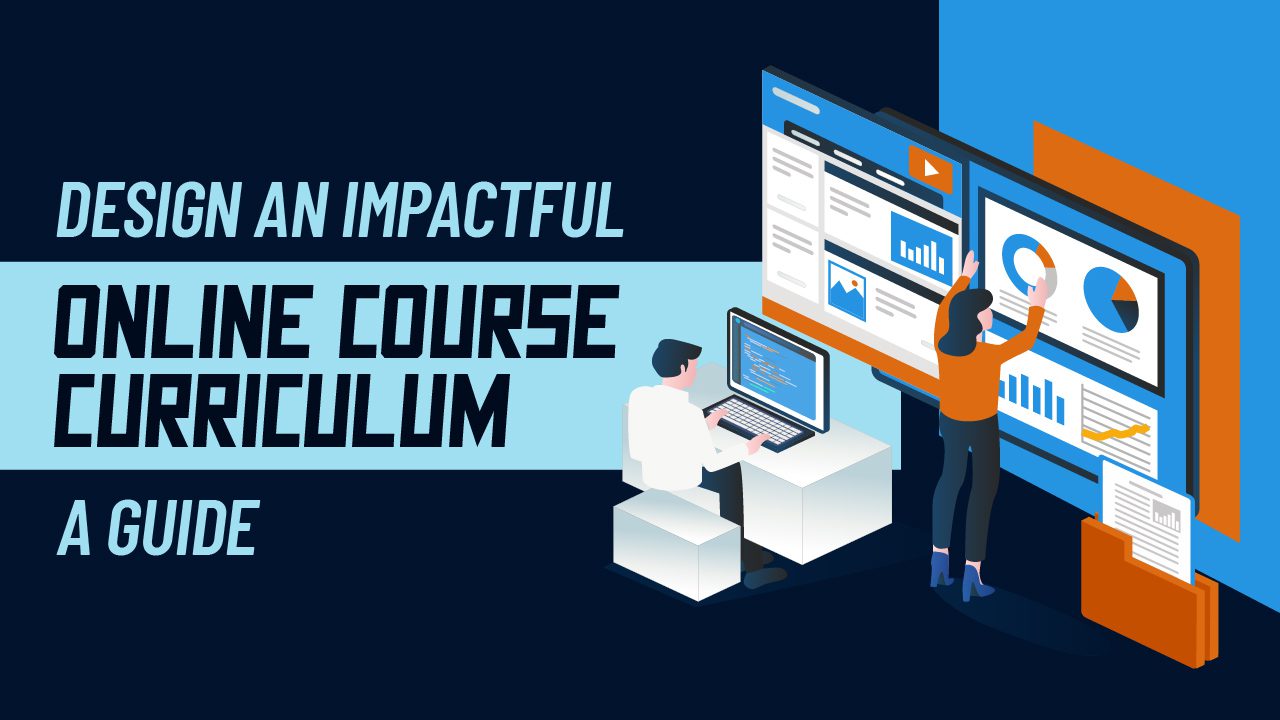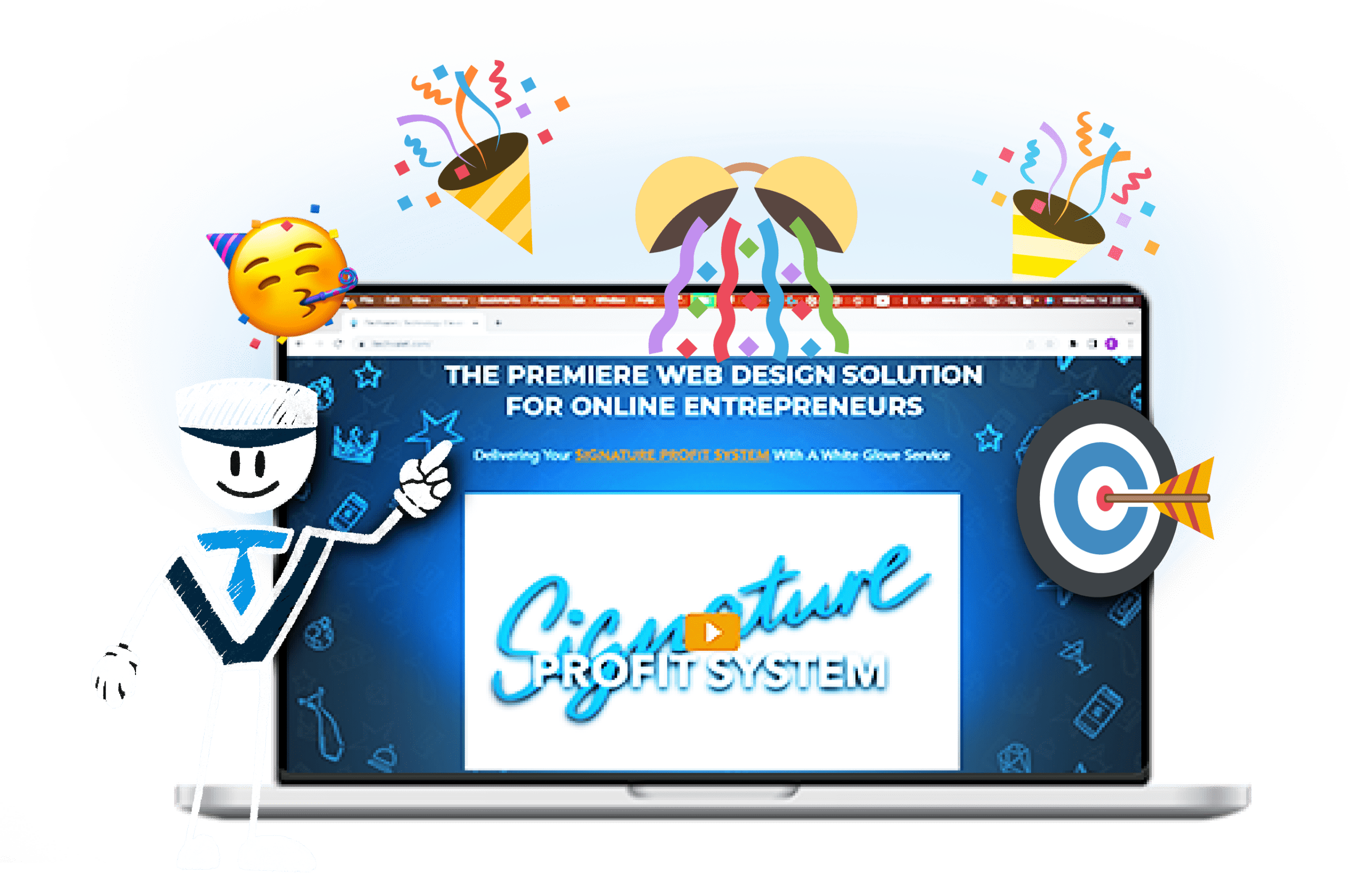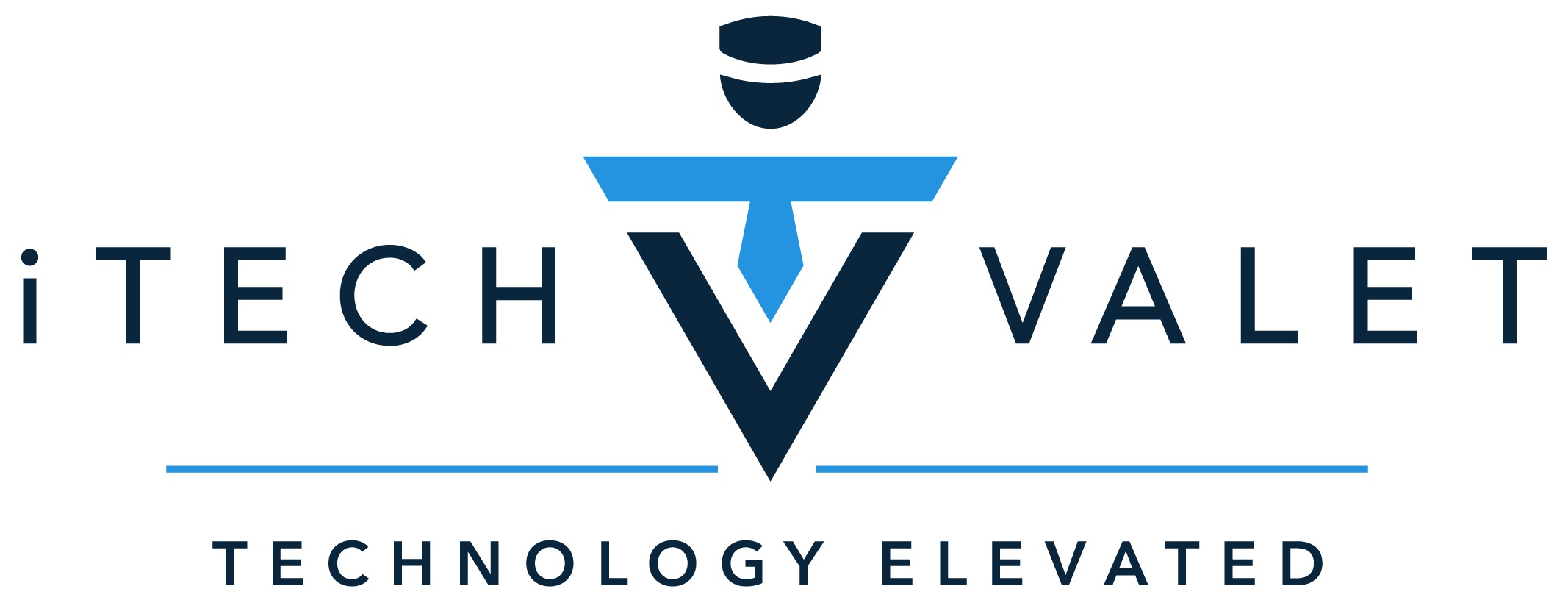
Design an Impactful Online Course Curriculum: A Guide
by iTech Valet ~ Last Updated: Oct 11, 2023 ~ 4 Min Read
by iTech Valet
~ Last Updated: Oct 11, 2023 ~
~ 4 Min Read ~
The foundation of a successful online course lies in its curriculum – a well-structured, thoughtfully designed, and engaging learning journey that not only imparts knowledge and skills but also captivates and motivates the students.
Creating an impactful curriculum requires a deep understanding of instructional design principles, effective lesson planning, and the ability to craft a structure that promotes learning and comprehension.
In this definitive guide, we present a comprehensive analysis of the crucial factors to consider when designing your online course curriculum.
We'll delve into the principles of instructional design, explore effective ways of planning and structuring your course content, and share practical tips to ensure each lesson is engaging, effective, and supports your students' learning objectives.
By the end of this guide, you'll be equipped with the knowledge and insights needed to create an outstanding online course curriculum that not only enhances your students' learning experience but also lays the groundwork for your long-term success as a course creator.
So, let's begin our journey towards crafting a transformative and memorable learning experience for your students!

1. Understand and Apply Instructional Design Principles
Instructional design is the process of creating educational content that is systematically planned, developed, and structured to promote optimal learning outcomes.
Applying instructional design principles ensures that your course curriculum aligns with your students' needs, objectives, and learning styles.
Some of the critical principles include:
- Learning objectives: Clearly define the learning objectives for your course, outlining the specific knowledge, skills, or attitudes that your students will acquire upon completion. This clarity will help guide your course structure, content, and assessment methods.
- Accessibility and clarity: Ensure that your course content appeals to different learning styles and is accessible to all students, regardless of their background or abilities. Use clear language, visual aids, and varied content formats to cater to diverse needs.
- Active learning: Encourage active learning by incorporating interactive elements, such as quizzes, discussions, or practical exercises, throughout the course. Active learning has been proven to improve knowledge retention and student engagement.
- Scaffolding: Structure your course content in a way that gradually builds on the complexity, allowing students to grasp foundational concepts before progressing to more advanced topics.
2. Craft a Comprehensive Course Outline
A detailed course outline serves as the blueprint for your online course, outlining the structure, scope, and sequence of your lessons.
To develop a comprehensive course outline:
- Start with the end in mind: Begin by identifying your course's learning objectives and work backward to break them down into smaller, manageable topics.
- Organize topics logically: Arrange related topics into modules or units, creating a logical sequence that flows naturally and promotes progressive learning.
- Determine the scope and depth: Consider the level of detail and depth of knowledge required to meet each learning objective. Ensure that each topic is appropriately covered without overwhelming the students.
- Balance theory and practice: Strive for a balance between theoretical explanations and practical demonstrations or exercises, fostering a well-rounded learning experience.
3. Develop Engaging and Effective Lessons
Now that your course outline is in place, it's time to develop individual lessons that captivate your students, maintain their attention, and facilitate information retention.
- Begin with a Clear Lesson Objective: Each lesson should have a specific purpose, which should align with the overall course objectives. This clarity will guide both your content creation and your student's progress.
- Incorporate Multimedia Elements: Combining different media formats - such as text, images, audio, and video - can create a more engaging and immersive learning experience. Research has shown that multimedia can significantly improve comprehension and knowledge retention.
- Break Content into Digestible Chunks: Organize your lessons into smaller, manageable sections, making it easier for students to digest and retain information. Implementing the concept of microlearning can make your lessons more effective and less overwhelming for students.
- Focus On Quality over Quantity: Don't overload your lessons with information, but instead emphasize the most relevant and valuable content that addresses the learning objectives.
4. Incorporate Assessments and Feedback
Assessments are essential for measuring the student's progress and understanding of the course material, while feedback allows you to address any difficulties or misconceptions to ensure they are on the right track.
Consider the following best pracices for incorporating assessments and feedback:
- Align Assessments with Learning Objectives: Ensure that your assessments - such as quizzes, projects, or essay assignments - directly measure the student's progress toward the stated learning objectives.
- Use Various Assessment Types: Incorporate different assessment styles to accommodate diverse learning preferences and reduce the likelihood of bias or unfairness.
- Provide Constructive Feedback: Offer detailed, actionable feedback to help students understand their strengths and areas for improvement. Timely feedback can significantly impact students' motivation and success in the course.
- Encourage peer assessment and collaboration: Implement collaborative activities or peer assessments in the course to promote teamwork, critical thinking, and increased engagement.
5. Continuously Evaluate and Improve Your Curriculum
Finally, it's important to recognize that your curriculum is not a static entity but should be continuously refined and updated based on feedback, industry trends, and developments in your field.
Regular evaluations help ensure that your course remains relevant, engaging, and valuable to students.
Some strategies for continuous curriculum improvement include:
- Collect Student Feedback: Solicit feedback from your students through surveys, focus groups, or one-on-one conversations to identify areas of improvement or enhancement.
- Analyze Course Metrics and Performance Data: Review course completion rates, assessment results, and student engagement levels to measure the effectiveness of your curriculum and make data-driven improvements.
- Stay Up-to-Date in Your Field: Regularly consult industry publications, attend conferences, or participate in other professional development activities to ensure that your course content is aligned with the latest trends and research in your field.
By following these five steps - applying instructional design principles, crafting a comprehensive course outline, developing engaging lessons, incorporating assessments and feedback, and continuously evaluating your curriculum - you'll be well on your way to designing an impactful online course curriculum that truly meets the needs of your students.
Remember, a well-designed curriculum is the foundation of meaningful learning experiences that can transform lives and shape the future success of your students.
Conclusion
Crafting an impactful online course curriculum involves a deep understanding of instructional design principles, a comprehensive course outline, engaging lessons, effective assessments, and a commitment to continuous improvement.
By utilizing these essential strategies and incorporating students' feedback, you can create a transformative learning experience that promotes long-term success and satisfaction.
As a course creator, you might also require comprehensive support and expertise in SEO, content writing, planning, and digital marketing.
That's where iTech Valet comes in.
Our experienced professionals can assist you in optimizing your online digital design course presence and driving growth and success for your digital business.
Don't hesitate to reach out to us and discover how we can help you elevate your online course curriculum and achieve greater success in the competitive world of online education.
Book a call with us now to learn more and get started on optimizing your online course offerings.
iTech Valet
Technology Elevated
iTech Valet specializes in web design and content marketing for online entrepreneurs who want to share their expertise. To speak with us, book a call now.
About iTech Valet
iTech Valet specializes in web design and content marketing for online entrepreneurs who want to share their expertise.
Services Include:
- Web Design
- Graphic Design
- Sales Copy
- Funnel Building
- Authority Sites
- Membership Sites
- Course Creation
- Email Systems
- Content Marketing
- Competitive Analysis
- Tech Integrations
- Strategic Planning






